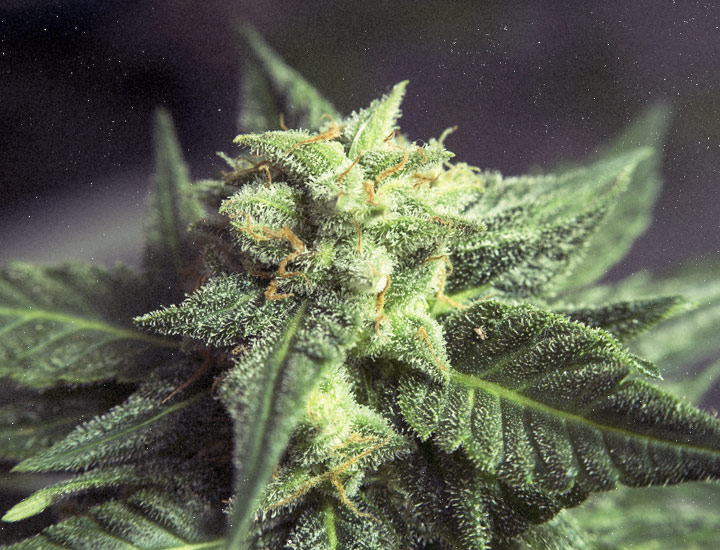Medical cannabis treatment for adults and the elderly
Despite the stigma and prejudice, research confirms: medical cannabis treatment is safe and effective for adults and the elderly.
Research and clinical evidence from recent decades have built confidence in the safety of cannabis and paved its way back to the pharmacy.
Patients are using cannabis to cope with symptoms associated with their illness and to reduce medication and side effects. In many countries cannabis is approved for post-traumatic, Parkinson’s, Tourette, Crohn’s and colitis, AIDS, neuralgia, MS, and cancer.
But what about the use of medical cannabis at an older age?
When can cannabis help, when is it better to avoid, and in what cases can it save lives?
The safety of adult cannabis use has been verified in several studies. In essence, cannabis is non-toxic and no fatal overdose has been documented. But the problem is cannabis is given only as a “last line” treatment, that is, only after the treatment of dangerous and toxic drugs has failed. In the medical community, the view is that this situation is contrary to medical ethics.

The dominant active ingredients in cannabis, THC, and CBD, are just two of the hundreds of cannabinoids found in the plant. The psychoactive effect of THC benefits from analgesia, sleep, relaxation, and muscle relaxation. The CBD, on the other hand, is not masticatory, antipsychotic, soothing, antidepressant, and inflammatory and reduces epileptic seizures. Adding external cannabinoids (cannabis) can balance the endocannabinoid system, which regulates vital processes in our bodies, thereby preventing disease and slowing down aging.
The benefits of cannabis in old age
The effect of cannabis on the elderly and their support circles is dramatic. Its efficacy has also been proven in cases where other therapies have failed and its incorporation in therapy may be a clinical turning point. It reduces dependency on nursing care, improves the quality of life, it is a painkiller, and helps reduce or stop other drugs.
Appetite: Lack of appetite and underweight are common in the elderly and chronically ill, and can aggravate their condition. Cannabis stimulates appetite, may stop the cycle of deterioration and increase the chance of survival.
Chronic pain: Pain from various sources, including neural, oncologic, inflammatory, or joint pain, responds well to cannabis. It is non-addictive and does not suppress breathing in relation to opioid painkillers.
Memory and cognitive function: Although cannabis may impair the development of the young brain, research suggests that in adults its effect is the opposite. THC prevents the accumulation of amyloid-beta deposits suspected of causing Alzheimer’s and may, therefore, inhibit or prevent dementia.
Sleep disorders: Lack of sleep has health implications. The common treatments are effective but are limited due to dependency development. Cannabis patients indicate good sleep and improved alertness in the morning in relation to sleeping pills.
Taking cannabis instead of their lives: Cannabis helps with emotional balance and depression. These effects sometimes save lives by raising optimism and motivation to live alongside a serious illness. Doctors recently reported that patients who planned to commit suicide felt better from the moment they were treated with cannabis.
Osteoarthritis: This is one of the most common diseases in the elderly. The chronic pain that accompanies the disease is responsive to cannabis. In addition, CBD and terpenoids are anti-inflammatory and reduce swelling and pain.
Spasms, cramps, and stiffening: cannabis relaxes muscle and analgesic. In Parkinson’s, the typical muscle tremor sometimes reduces. Reducing stiffness improves function and facilitates the feeding and treatment of the spastic patient.
Intelligent use
Cannabis can react with medicines taken at the same time. However, the reaction is not necessarily negative, and in fact, may improve the patient’s condition and allow controlled medication reduction under the guidance and supervision of a physician.
Cannabis use is not suitable for everyone and is contingent on clinical evaluation and regular monitoring. There are situations where it can be harmful. Caution is required, for example, in patients with heart failure, or those who have experienced a psychotic event.



